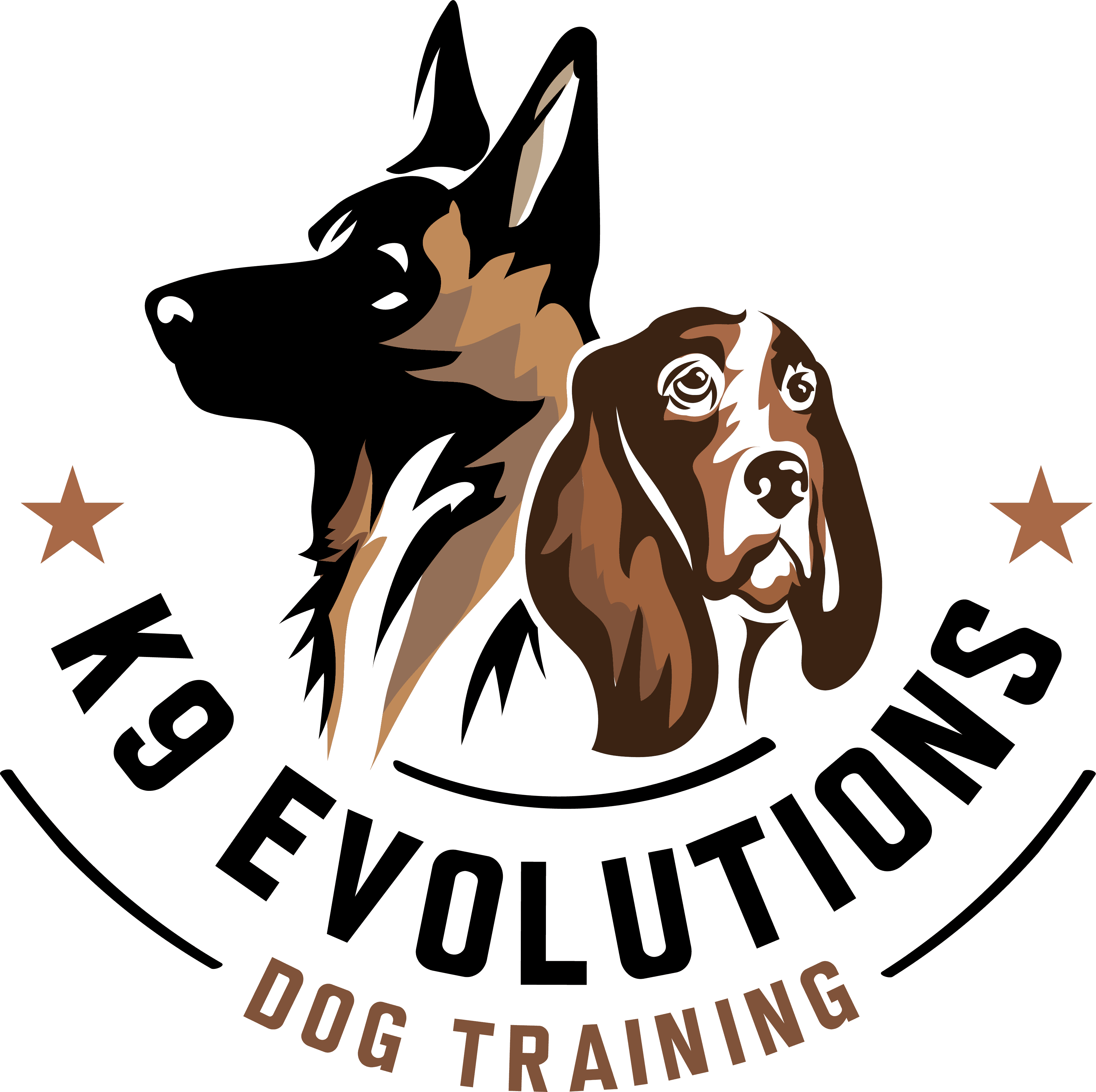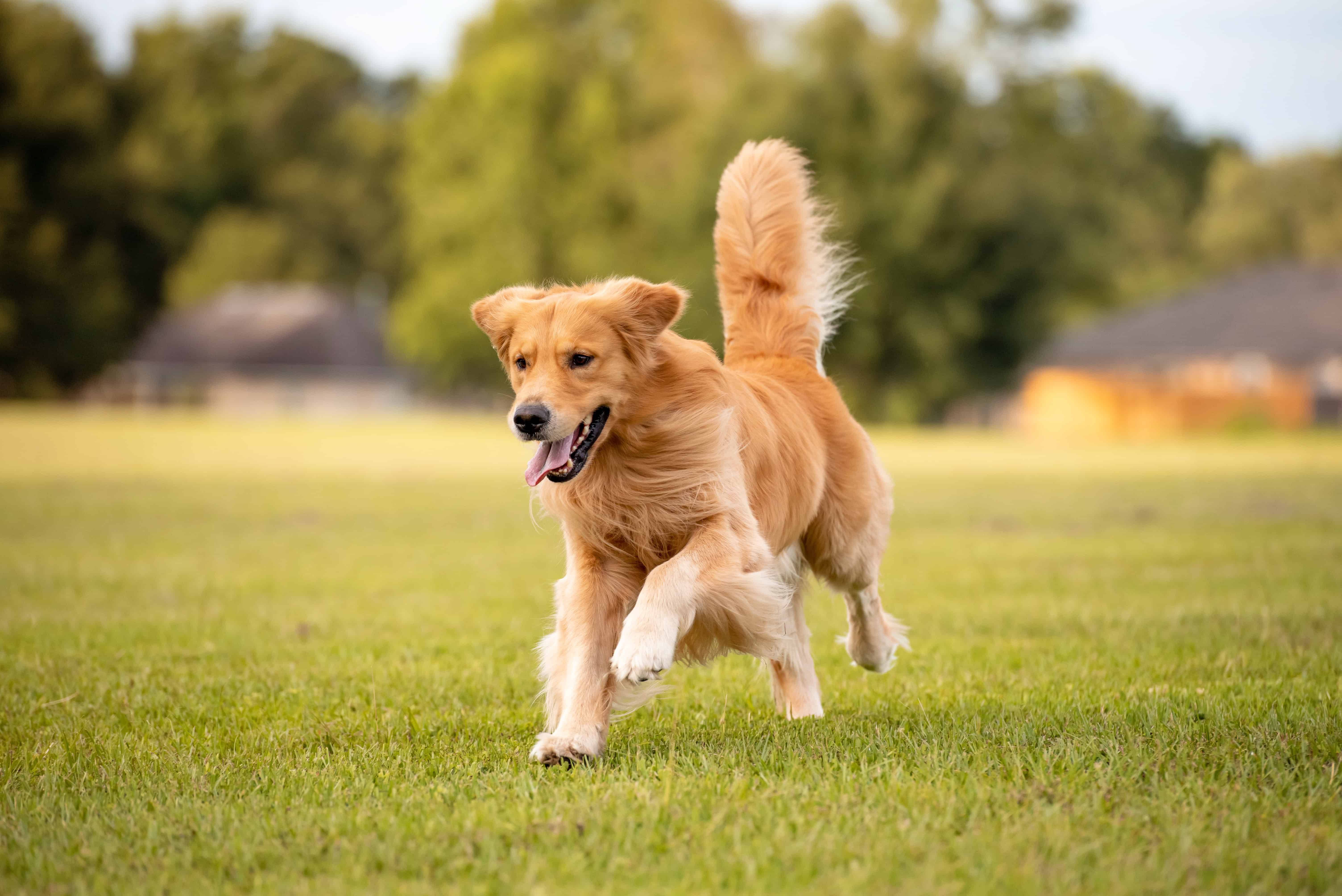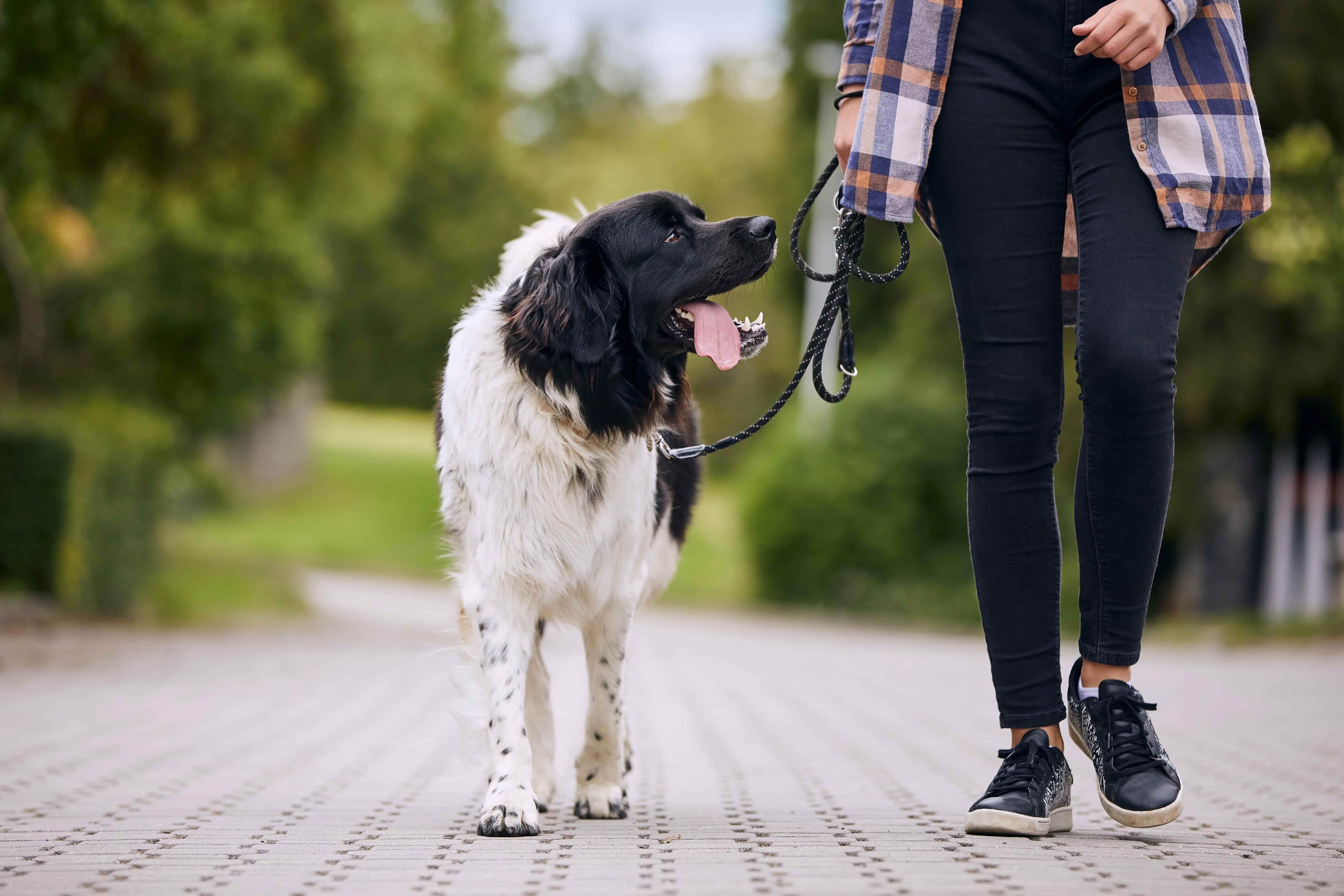Read the next three paragraphs, and think about if this type of scenario seems familiar to you.
You’ve spent countless hours teaching your dog to perform a new behavior. Perhaps it’s a command that they’ve struggled with for a while – for example, maybe you’ve been practicing their down stay in the backyard. You want them to unflinchingly remain in place until you release them. You’ve put the work in to improve this behavior. Day after day, week after week. Slowly – but surely – the distance and duration of the down stay increases. You feel confident that your dog has mastered the down stay, and you’re ready to move from the backyard to a public park.
So, you take your dog to a public park. You go very early in the morning because you don’t want your pup to be among other dogs or new people which could overwhelm and distract them. You set your dog in the down stay. As you start to walk away, a bird chirps and flies overhead – your dog immediately breaks out of their down stay and bounds with energy. You sigh, and then return your dog to its down stay. Once again, you turn and walk away; simultaneously, a nearby cyclist rings their bell to alert a pedestrian of their presence. Again, your dog jumps up, and you start to sigh a little deeper. For the third time, you return your dog to their down stay. After a couple of seconds, your dog jumps up for no apparent reason and sprints to your side.
You sigh, for the third and final time, and take hold of the leash to walk your dog around the park. You’re giving up on this training endeavor, because for whatever reason, the skill your dog has fluently mastered in its home environment is now like a foreign language at a public park. Frustrated, you spend the rest of the walk wondering why your dog is struggling so much.
The answer? Generalizing behaviors – or, more pertinently in this example, a lack of generalizing behaviors. This can make or break the success of your dog training efforts.
What does generalization actually mean?
If generalization seems like a pretty broad, catch-all term – that’s because it is. When we talk about generalization in terms of dog training, we’re squarely focused on making sure that your dog can perform its given behavior in a variety of settings and environments.
This means that your dog disregards anything and everything going on around them – whether those may be people, dogs, other animals, loud noises, or a combination of all of them – and is focused on executing the instructions they are being given by their handler or trainer.
In the example we outlined in the introduction, this means that the dog should be able to perform its down stay in any setting – whether that’s your backyard, a public park, the beach, or anywhere else where you may need to ask your dog to perform a down stay.
Why is generalization difficult?
Generalizing canine behavior can be a challenge. The primary reason it is often challenging is because dogs are contextual learners. Unlike humans – who are able to generalize behaviors when faced with new settings or people – a dog is taking cues from the world around them and the context in which they are receiving these instructions.
All of this means that, to go back to the original example, if you consistently work on a down stay in your backyard, it is likely that your dog will understand that it needs to perform that behavior in that environment. However, without generalization – in other words, without training your dog to perform the same behavior in a different environment, or with other distractions or noises present – it is not likely to pick up on those contextual cues.
Failing to generalize behaviors can make it seem that the dog’s training progress is regressing. In fact, all it means is that the dog is simply unaware of what is expected of them when moving to a different environment. Another challenge of generalization is that it can often be difficult to account for all scenarios – after all, who knew a cyclist would ring their bell at the exact moment you put your dog in the down stay? There are always scenarios that it will be difficult – if not impossible – to plan for.
Generalization can be easier or harder depending on the learning history of the dog, the dog’s age, their breed, and their aptitude for learning new behaviors.
Why does generalizing behavior matter?
If you want to take your dog out in public, have them interact safely with other dogs and people and behave consistently no matter their environment, then generalizing their behavior is the only way you will be able to achieve this. It is important to note that this does not mean going to a dog park; good dog trainers know that a dog park is counterproductive to dog training, because you can’t control the variables.
Generalization is an often overlooked part of the training process, but focusing on it throughout a training program brings rewards and peace of mind in the long run. Reaching the stage where your dog can generalize their behavior takes work and effort by both dog trainers and dog owners – it is something that requires ongoing maintenance to achieve consistency.
If your dog returns home after a Board and Train program, immediately setting the precedent for the new standard of behavior the moment they set foot back home is a form of generalization in itself. At K9 Evolutions Dog Training, we layer in generalization methodically, with frequent outings once the dog understands the desired behaviors. We take your dog out on many outings to build generalization and try to find any weak points a particular dog may have at certain places. From there, we even break it down further to pinpoint what exactly it was at that particular place that possibly put a dog over threshold that requires work.
Nothing can replicate with precision the generalization that needs to happen at your home. Even if your trainer comes to your house, that won’t necessarily work, because the context shifts when you (the owner) are using the training tools in their daily routine, not their trainer. That is why you should immediately set the new standard of behavior from the moment the dog returns home; the dog will be closely watching and come to understand. This will make the transition home more smooth, and set you up for success as you take the baton! The dog will learn that when you ask the dog to do something, they must do it to completion. It also makes it easier to maintain behaviors after the training program is complete. Being consistent is paramount.
Tips for improving generalization
There are several ways you can enhance the generalization of your dog’s behavior. At K9 Evolutions Dog Training, we know this is a pivotal part of the training process, and we build this into our tailored training programs for your dog. Generalization plans can often be behavior-specific.
There are some general principles you can apply to increase chances of success with generalization:
- Introduce generalization at the right time. When you first begin teaching a new behavior, it can be a challenge to get the dog to perform it even in one place. However, once their learning is sufficient, consider introducing generalization to ensure they don’t simply latch on to the context of the place they were initially taught. This will make it easier to generalize the behavior moving forward.
- Grab their attention. When trying behaviors in new places, your dog is likely to become very easily distracted. Make sure they have your full attention. Practice engagement before doing any training routine; if you don’t have your dog’s attention, you won’t get much out of your training session. You may wish to consider dispensing treats more frequently or using higher-value rewards as an initial motivator.
- Start small. Don’t expect them to immediately perform the same behaviors to the same level in a different place. If you’re training in a new place, lower your criteria and increase your rate of reward. In the down stay example, shortening the distance and the duration significantly – before incrementally increasing them – would enable the dog to grasp the behavior in a new setting.
- Make sure your dog is calm when generalizing. If your dog is easily distracted, trying to teach them in a new environment can be very difficult. If practicing in a public park, consider walking your dog for 10-15 minutes to allow them to expend some energy and become familiar with their environment before proceeding with the training session.
- Consider the challenges. In the down stay example, the owner did the right thing by anticipating that the park would be busier and arriving earlier in the day. However, they did not anticipate the bird, the cyclist or the noise of the bell. Instead of moving immediately from the backyard to a busy public place like a park, the owner may have had more success generalizing the behavior in a quieter, more confined area, such as a family member’s yard.
When building generalization, you don’t dive headfirst into the deep end of the pool and take your dog to a outdoor music festival. Think of it like slowly turning a valve in what you gradually expose the dog to; take your time to slowly increase what the dog is exposed to in terms of distractions, noises, etc. of a particular place. If your dog shows some issues and gets pushed over threshold, you’ll know you need to ‘pump the brakes’ and go no further. Work on that particular area and even possibly take a step back and build some strength in a place you know they’re good at, and then revisit the place they had issues with later.
- Maintenance must be frequent. Even the most diligent dog owner can become complacent when it comes to maintaining any of their dog’s behaviors – including the generalization aspect. Varying up locations for walks or training sessions creates natural generalization, and also provides enrichment, mental stimulation and other benefits.
- Keep your expectations realistic. It’s natural that your dog may struggle to perform behaviors to the same level in new environments – and that’s okay! For ‘emergency behaviors’ such as a down stay or recall, it is preferable to ensure they can perform these around as many distractions as possible – this is for their own safety, and your peace of mind. But be realistic about the capabilities of your dog in a new setting, and keep calm when training seems to be frustrating.




